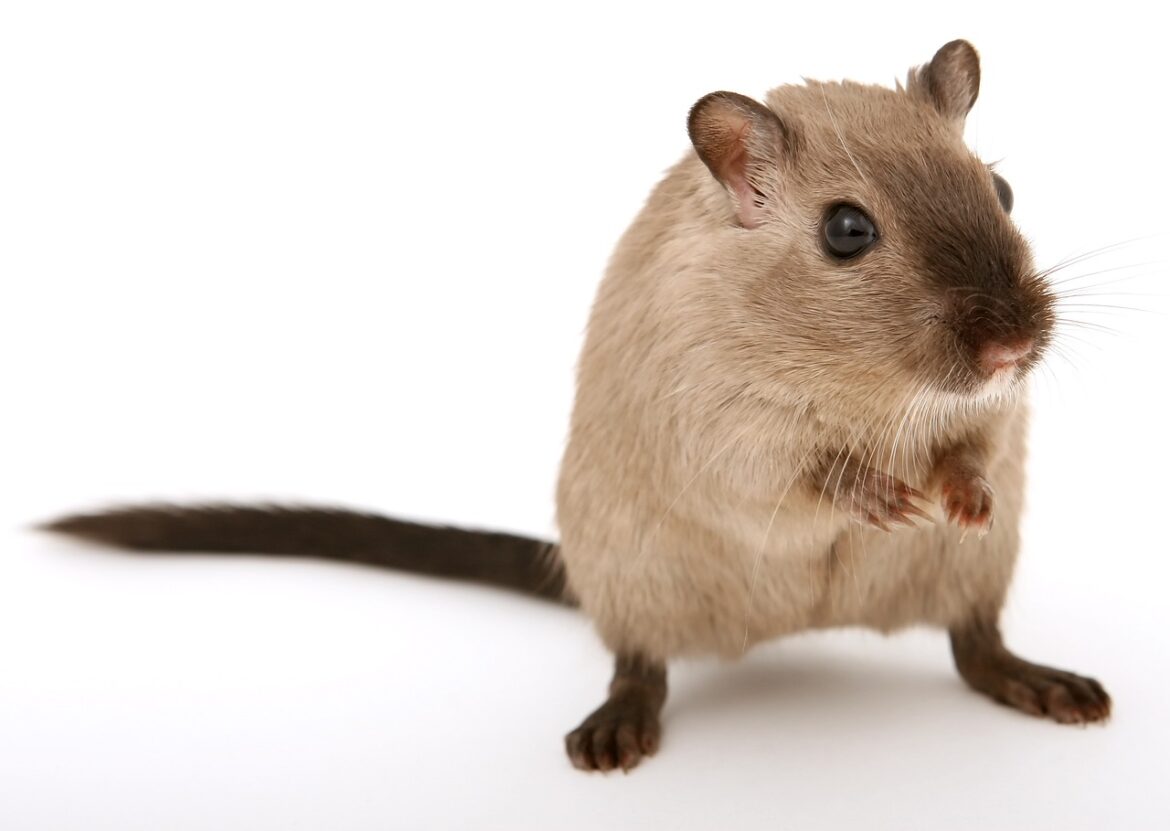Absolutely nobody likes to have uninvited guests in their home. In this case, the uninvited guests we are talking about are the pests, especially mice and rats. They come inside through different holes and cracks and nest in tight, hidden places. They even start growing their colony before you notice they exist. This is why keeping these rodents away is crucial for every household. After all, it’s our duty to protect our possessions from harm, regardless of what kind. The biggest problem many people have is determining if the rodent they have in their house is a mouse or a rat. After all, they are very similar, and it’s hard to tell them apart. Fortunately, there are a few easy ways to tell the difference between rats and mice in no time.
Size difference
Mice and rats are both rodents, but they belong to different species. Mice belong to the genus Mus, and rats belong to the genus Rattus. Mice are generally smaller, with an average length of 7.5-10 cm and a weight of 15-40 grams. Rats are larger, with an average length of 15-20 cm and weight of 150-500 grams. Mice have a more pointed snout and more prominent ears compared to rats. Rats have a more blunt snout and smaller ears. Regarding behaviour and habits, mice are generally more agile and active than rats, which are more sluggish and more solitary. Both mice and rats are found in many parts of the world and can be found in a variety of habitats, including urban areas.
Rats are more aggressive
In general, rats tend to be more aggressive than mice. Rats have a more developed nervous system and are more territorial, which can make them more aggressive when they feel threatened or when they are defending their food or territory. Rats also have sharper teeth and stronger jaws than mice, which allows them to be more effective fighters. On the other hand, mice tend to be timider and less aggressive. They are more likely to flee than to fight when confronted with a threat. However, it’s worth noting that the aggression levels of individual mice and rats can vary depending on factors such as their genetics, environment, and past experiences.
Rats tend to be more social animals than mice. Rats have a highly developed social structure, forming complex societies with clear hierarchies and stable social bonds. They use a wide range of vocalisations and physical gestures to communicate with each other and establish dominance. Rats also groom each other and show other forms of social bonding behaviours. Mice, on the other hand, tend to be more solitary animals. They are less vocal and less likely to form stable social bonds with other mice. However, mice can live in groups and exhibit social behaviours like grooming, but their social structure is usually less complex than that of rats.
Difference between mice and rat faeces
The feces of mice and rats are similar in appearance, but a few key differences can help you distinguish between them.
Mouse droppings are small and elongated, measuring about 3-6 mm in length. They are usually dark brown and have a smooth, shiny surface. They tend to be pointed at one end and have a slightly curved shape.
Rat droppings are larger, measuring about 12-18 mm in length and 6-8 mm in width. They are thicker and have a more cylindrical shape. They are usually dark brown or black and have a rough, irregular surface.
It’s important to note that the size and shape of droppings can vary depending on the diet and health of the animal, so it’s best to take note of other signs such as gnaw marks, burrows, droppings location and quantity, as well as the presence of the animal itself to confirm the presence of rats or mice.
The difference between a rat and a mouse tail
The tails of a mouse and a rat are both long and thin, but some differences in their appearance can help you distinguish between the two.
A mouse tail is usually shorter and thinner than a rat tail and is usually less than half the length of the mouse’s body. The tail is also usually hairless and scaly.
A rat tail is longer and thicker than a mouse tail and is usually longer than half the length of the rat’s body. The tail is also usually covered with hair, which can be coarse or fine depending on the rat species. Additionally, the rat’s tail is more cylindrical, whereas the mouse’s tail is more flattened.
It’s important to note that the shape and size of the tail can vary depending on the species of mouse or rat. So, it is best to take note of other characteristics, such as the overall size, shape and colour of the animal, as well as the presence of other signs, such as gnaw marks or droppings, to confirm the presence of mice or rats.
Rat and mice intelligence
According to mice control specialists, both mice and rats are intelligent animals but have different cognitive abilities. Rats are considered more intelligent than mice in certain areas, such as spatial learning and problem-solving. Rats have a larger brain relative to their body size, which allows them to have more cognitive flexibility and to process information more efficiently. They also have a better memory than mice and can learn complex tasks more quickly. Rats have been observed to use tools, navigate mazes, and exhibit a wide range of flexible behaviours that are indicative of a high level of intelligence.
On the other hand, mice are less intelligent than rats in these areas, but they have their own cognitive strengths. For example, mice have a better sense of smell than rats, and they have been observed to have a more refined sense of hearing. They are also more active and agile, suggesting that they have better motor abilities.
It’s worth noting that intelligence is a complex trait, and a variety of factors, such as genetics, environment, and experience, can influence it. And also, intelligence is not a fixed trait and can vary among individuals of the same species.
Final thoughts
Rats and mice are both pests that can cause significant damage to your home. Both rodents are known for gnawing on wood, electrical wires, and the outer walls of your home. Rats and mice are common household pests that often terrorise homeowners. However, although rats and mice may look the same, there are many ways to tell them apart. The first step in identifying a rodent infestation is to know what you’re dealing with. We hope our guide helps you in doing so.
Related Posts

Loves home. I am here to provide how to make your home a much better place. 🙂 Blogging about HomeDecor, Home Improvements and more.











